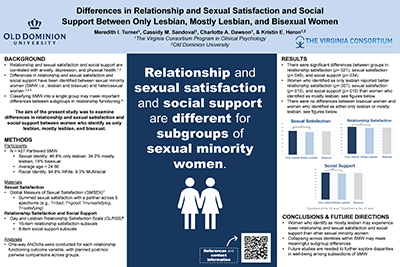ORCID
0000-0002-4937-5888 (Willis)
College
College of Business (Strome)
Department
Management
Graduate Level
Doctoral
Publication Date
2023
DOI
10.25883/8a84-s551
Abstract
Firms frequently innovate by recombining knowledge components. Through bringing together diverse scientific or technological concepts, firms can reassemble these extant knowledge components into novel and useful innovations. At the same time, many of the mechanisms firms use to recombine knowledge components carry substantial agency costs. When firms conduct research and development, diversify, hold slack resources, or locate near close competitors, they become vulnerable to misappropriation of investor resources due to opportunistic actions by agents. Using patent citation data from semiconductor firms, we study how firms, which consistently produce high-quality innovations, balance the need for knowledge recombination with the need to protect investors from opportunism. Our results indicate that, consistent with an agency lens, innovative firms operate under a significant debt load. Consistent with the knowledge recombination perspective, however, innovative firms typically engage in multiple activities that lead to innovation via knowledge recombination.
Keywords
Knowledge recombination, Agency theory, fsQCA, Innovation, Clusters
Disciplines
Strategic Management Policy
Files
Download Full Text (164 KB)
Recommended Citation
Kreugel, Jamil; Farrell, Matthew; and Willis, Chris H., "Slack, Location, Diversification, or R&D Intensity? How the Most (and Least) Innovative Firms Deploy Resources" (2023). College of Business (Strome) Posters. 3.
https://digitalcommons.odu.edu/gradposters2023_business/3



